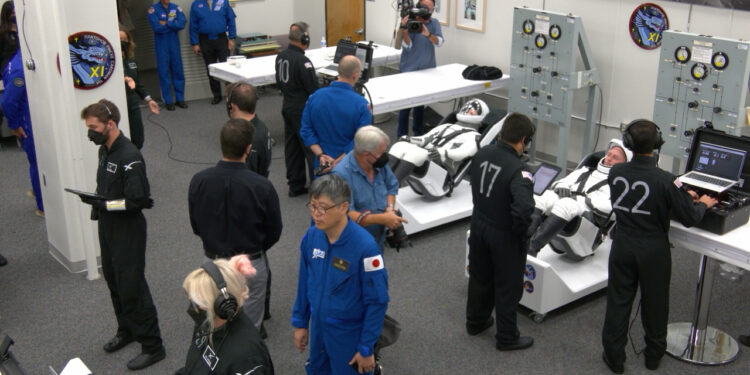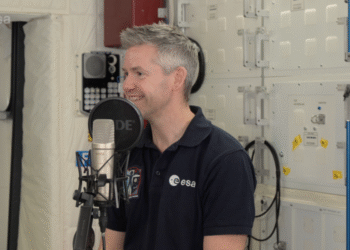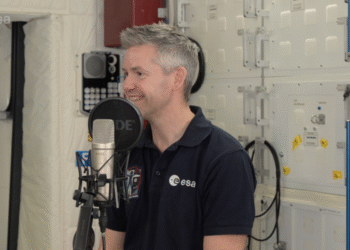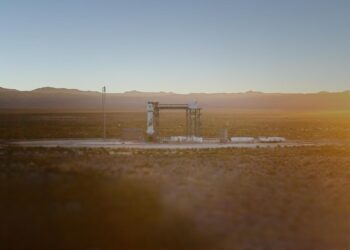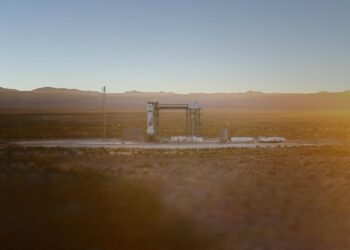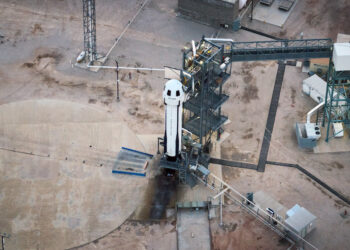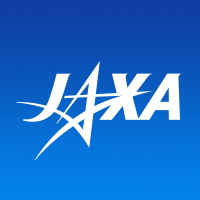NASA’s SpaceX Crew-11 is making the final preparations for their upcoming mission to the International Space Station (ISS). This mission represents a continued collaboration between NASA and SpaceX, under the Commercial Crew Program, ensuring that the United States maintains a presence in space through private-public partnerships. The aim is to further explore and develop technologies in near-earth space.
Final Preparations and Crew
The crew is undergoing comprehensive pre-flight checks, including simulations and reviews that ensure every aspect of the mission is meticulously planned and managed. The team consists of a diverse group of astronauts who bring a wealth of experience and resilience to the mission.
Prior to launch, the astronauts donned their flight suits, which are specifically designed to offer safety and comfort during space travel. These suits have been engineered with inputs from both NASA and SpaceX, resulting in a design that supports the extended objectives of NASA’s space missions.
Objectives of Crew-11
The Crew-11 mission to the ISS includes various objectives aimed at scientific research, technological demonstrations, and international cooperation in space. Key goals involve conducting scientific experiments that will benefit both space exploration and life on Earth. The ISS serves as a unique laboratory where astronauts can perform experiments that are not feasible in Earth-based environments.
- Science Experiments: The crew will conduct research on microgravity’s effects on materials and biological samples.
- Technological Development: Testing new spaceflight technologies that could advance future missions.
- International Collaboration: Continuing strong partnerships with other countries involved in the ISS program.
Launch Details
The team is set to launch at a designated future date, dependent on weather conditions and technical readiness. SpaceX’s Falcon 9 rocket will carry the crew in the Dragon spacecraft, which has been pivotal in increasing accessibility to the ISS.
For more detailed information about this mission and ongoing updates, please visit the official NASA Blog.


